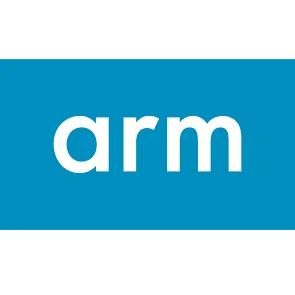Linux 3.9 Kernel Improves ARM Hardware Support

The 3.9 ARM SoC pull was sent in on Thursday by Arnd Bergmann. Among the noteworthy updates this time around include:
- Merging initial NVIDIA Tegra 4 support. Tegra 4 is NVIDIA's first ARM Cortex-A15 SoC that will begin shipping in the coming months. NVIDIA's had initial Tegra 4 SoC kernel code (a.k.a. "Tegra 114") for a while but now the initial code will be mainlined in Linux 3.9. Aside from enabling the Tegra 4 SoC, Linux 3.9 also brings support for the Dalmore and Pluto development boards.
- Separate from Tegra 4, there's now support by NVIDIA for the Tegra 3 "Beaver Board." The Beaver Board is a NVIDIA development board that features a quad-core T3 Cortex-A9 SoC, 2GB of DDR3L memory, 16GB EMMC memory, 1 SD slot, USB, PCI-E Gigabit Ethernet, audio, Serial ATA, HDMI, and UART/JTAG.
- Xen virtualization for ARM began in the Linux 3.7 kernel. There's been KVM for ARM patches that have been available for a few months, but it looks like in Linux 3.9 is where the Kernel-based Virtual Machine (KVM) support for ARMv7 will take shape. For using KVM/Xen virtualization on ARM, a Cortex-A15 (or future ARM processors) is required.
- The Marvell Kirkwood now has PCI Express hot-plugging support.
- Various improvements and clean-ups to all of the common ARM SoC Linux support, e.g. OMAP, Tegra, Samsung, Zynq, etc. More ARM hardware also supports multi-platform.
Add A Comment

